Why Have an Anti-Bullying Policy?
All organisations are morally and ethically responsible for preventing, monitoring and tackling bullying. For this reason, it is vital that they develop their own anti-bullying policy which outlines the steps taken to stamp out unacceptable behaviour.
What Does the Law Say about Bullying?
In both the UK and Ireland, all organisations, including schools and businesses, must have procedures in place for ensuring the safety of students, staff and employees. There are also laws in place that require school personnel and employers to take action to protect people from bullying and harassment.
Whatever the organisation, we can define bullying as follows: ‘Bullying is repeated inappropriate behaviour that undermines an individual’s right to dignity at school or at work’. An isolated incident is not considered to be bullying, although it may still be classed as harassment or some other type of inappropriate behaviour, which can result in serious consequences for the perpetrator(s).
UK Law and the Workplace
Organisations in the UK are obliged to tackle bullying and harassment, which is defined as ‘behaviour that makes someone feel intimidated or offended’. Harassment is unlawful under the Equality Act 2010. This Act replaced three previous duties covering race, disability and gender, but it goes further and also includes the protected characteristics of age, disability, gender reassignment, pregnancy & maternity, race, religion or belief, sex and sexual orientation. It makes it unlawful to discriminate, harass, victimise or bully anyone, particularly in relation to the above shared characteristics.
UK Law and Schools
In the UK, all state schools (this does not include private schools) must have a behaviour policy with the specific aim of preventing all forms of bullying among pupils. Further statutory obligations are placed on schools under Section 89 of the Education and Inspections Act 2006. This Act makes it clear that schools must have measures in place to encourage good behaviour and a clear policy to prevent bullying.
The Children Act 1989/2004 also requires schools to address any bullying incident as a child protection concern when there is ‘reasonable cause to suspect that a child is suffering, or is likely to suffer, significant harm’. Where this is the case, the school staff should report their concerns to their local authority children’s social care services. It is also important to note that head teachers have a specific statutory power to discipline pupils for poor behaviour outside of the school premises too.
The UK and Criminal Law
Although bullying in itself is not a specific criminal offence in the UK, there are laws covering harassing or threatening behaviour which could indicate that a bullying incident is a criminal offence, for example under the Protection from Harassment Act 1997, the Malicious Communications Act 1988, the Communications Act 2003, and the Public Order Act 1986. If staff at a school, or employees of a business, feel that an offence may have been committed, they should seek assistance from the police.
Ireland Law and the Workplace
Employers in Ireland have a duty to ensure the health and safety of their employees in the workplace. This is set out in the Safety, Health and Welfare at Work Act 2005. Under section 8 of the Act, employers are obliged to ‘prevent any improper conduct or behaviour likely to put the safety, health and welfare of employees at risk’, and this can include bullying. There is also the new Code of Practice for Employers and Employees on the Prevention and Resolution of Bullying at Work (2020 Code) which provides practical guidance on the management and prevention of workplace bullying. It works alongside the requirements of the Safety, Health and Welfare at Work Act 2005, Section 8, which applies to all employments in Ireland, irrespective of whether employees work in the office, at home or are mobile.
The new Code expects employers to act reasonably to prevent workplace bullying and requires them to take action to stop patterns developing. If a complaint of bullying is made, it should trigger the 3-step response of:
- Assess the complaint — the organisation must investigate what happened, who was involved and how the evidence points to bullying (if it exists).
- Record all actions — everything must be formally documented, date-stamped, signed/countersigned if necessary. This includes interviews, details of the incident, diaries (if kept), incriminating evidence left by the ‘bully’ etc.
- Respond to complaint — following a thorough investigation, the organisation must record their actions in line with data protection laws and put in place a suitable response based on the specific case. The new Code provides clear guidance on each stage of the investigation — from informal to formal processes through to resolution.
Ireland Law and Schools
In Ireland, by law, all state schools should have a behaviour policy in place to prevent bullying among pupils. There is some flexibility regarding the policy and the scope is determined by each school. According to Section 175 of the Education Act 2002, there is a legal duty for schools to take all reasonable measures to ensure that risks of harm to children’s welfare are minimised. A set of guidelines were issued to schools in 2008 by the National Educational Welfare Board (NEWB). This publication entitled ‘Developing a Code of Behaviour: Guidelines for Schools’ requires all schools to have an anti-bullying policy within the framework of their overall code of behaviour.
Northern Ireland Law and Schools
In Northern Ireland, the Addressing Bullying in Schools Act (NI) 2016 was launched on 1st September 2021. This Act provides a common definition of bullying and requires schools to record all incidents of bullying, including their motivation and outcome. It also requires the school Boards of Governors to take direct responsibility for developing, implementing and monitoring the effectiveness of the school’s anti-bullying policy and practice.
Anti-Bullying Policy Process
It is clear that bullying and harassment are significant issues in organisations across the globe. Anti-bullying policies and procedures should be available to everyone and copies should be provided on the school or company website.
- Drafting an anti-bullying policy — it is vital to draft a policy which establishes a code of conduct so that everyone knows what behaviour is acceptable and unacceptable.
- Implementing an anti-bullying policy — once the policy is finalised everyone must agree to abide by it.
- Updating your anti-bullying policy — remember to check government legislation regarding anti-bullying laws and keep your policy up-to-date.
A good anti-bullying policy will include:
- A definition of bullying.
- What behaviour is and is not acceptable in your organisation.
- Who is responsible for enforcing your anti-bullying policy.
- An outline of how bullying is dealt with.
- Details of how the policy will be kept up to date with legislation.
Our bullying resource packs Bullying — A Complete Approach and Bullying in the Workplace provide additional guidance on setting up an anti-bullying policy.
It is becoming more important to eradicate bullying wherever it occurs. All Resources produces resources to help organisations recognise bullying and to assist them in dealing with bullying. We also develop custom programmes and deliver anti-bullying workshops. Please contact us for more information.
Anti-Bullying Policy Templates
![[Template thumbnail] School Anti-Bullying Policy](https://www.allresources.co.uk/images/free-resources/school-anti-bullying-policy-template-cover.png)
School Anti-Bullying Policy
(free template)
A free template to help you develop your own anti-bullying policy for your school.
![[Template thumbnail] Workplace Anti-Bullying Policy](https://www.allresources.co.uk/images/free-resources/workplace-anti-bullying-policy-template-cover.png)
Workplace Anti-Bullying Policy
(free template)
A free template to help you develop your own anti-bullying policy for your workplace.
Bullying Resources
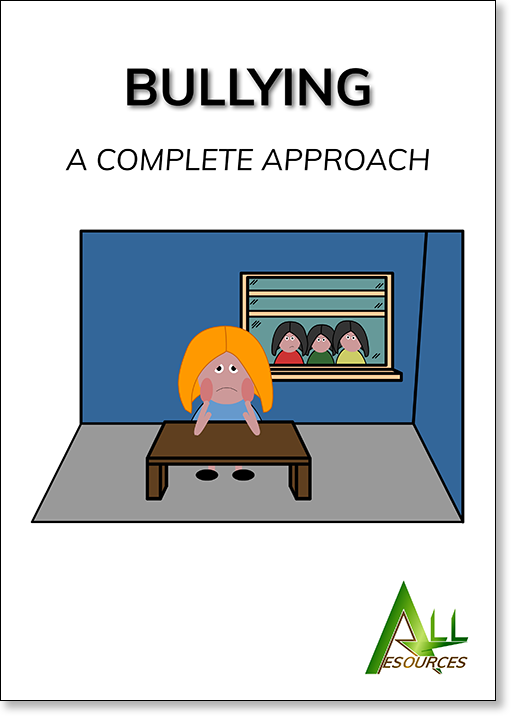
Bullying — A Complete Approach
Contains hints and tips for teachers, parents and young people to enable them to identify and tackle bullying.
- Age range: 12 years and upwards
- Category: Schools
- Last revised: 2022
- Pages: 94
- Illustrated throughout
Hard copy: £35.99 add to basket
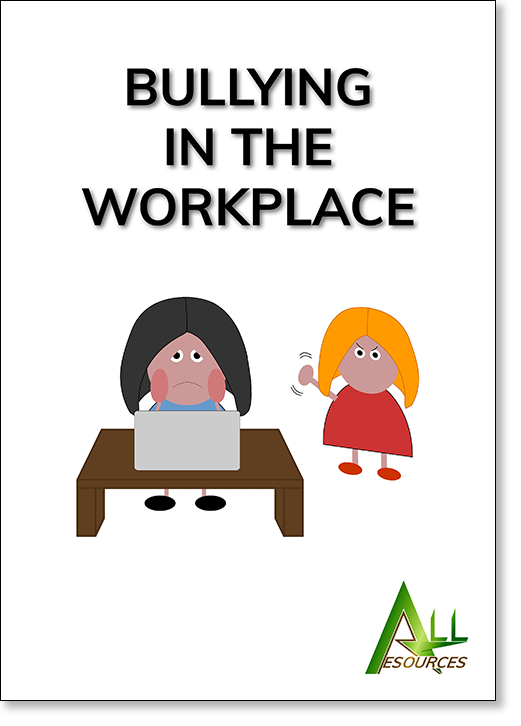
Bullying in the Workplace
This pack provides guidance for companies on tackling workplace bullying, supporting the targets of bullying and ensuring the wellbeing of staff.
- Focus: Anti-bullying policies for businesses
- Category: Businesses
- Last revised: 2022
- Pages: 50
- Illustrated throughout
Hard copy: £25.99 add to basket
Bullying Lesson Plans
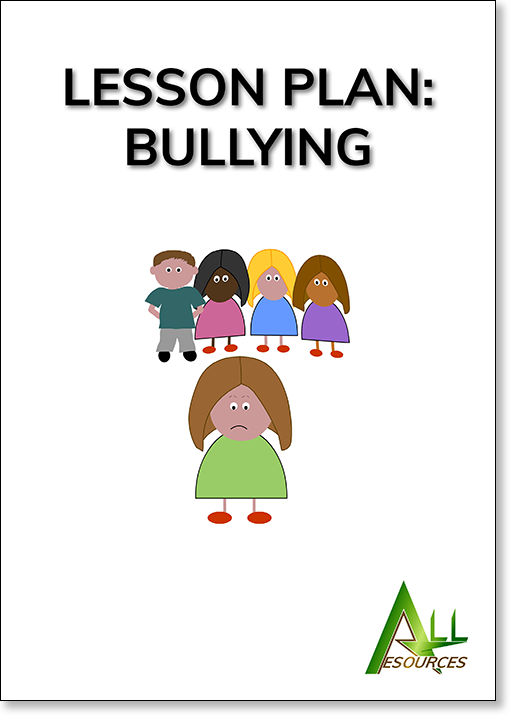
Bullying
This covers bullying, the types of bullying, the bully, the target and how to tackle bullying.
- Age range: 12 years and upwards
- Category: Lesson plan
- Last revised: 2021
- Pages: 13
- Duration: 1 hour
Hard copy: £10.99 add to basket
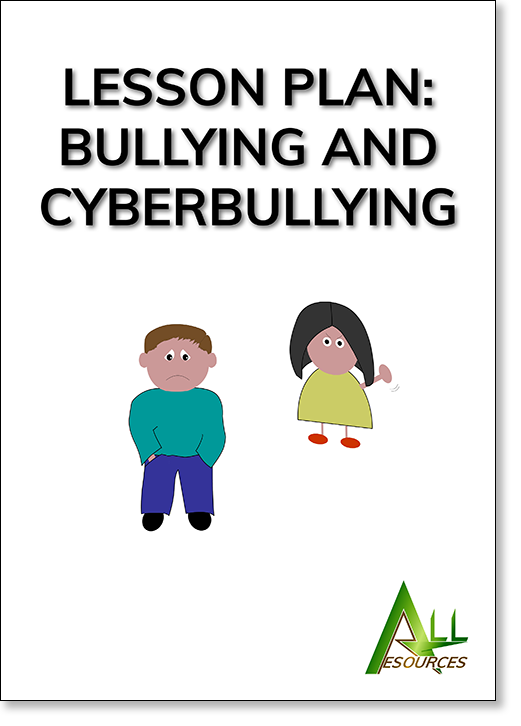
Bullying and Cyberbullying
This lesson plan covers how to deal with bullying and cyberbullying and contains handouts for the classroom.
- Age range: 12 years and upwards
- Category: Lesson plan
- Last revised: 2021
- Pages: 15
- Duration: 55 mins – 1 hour
Hard copy: £10.99 add to basket
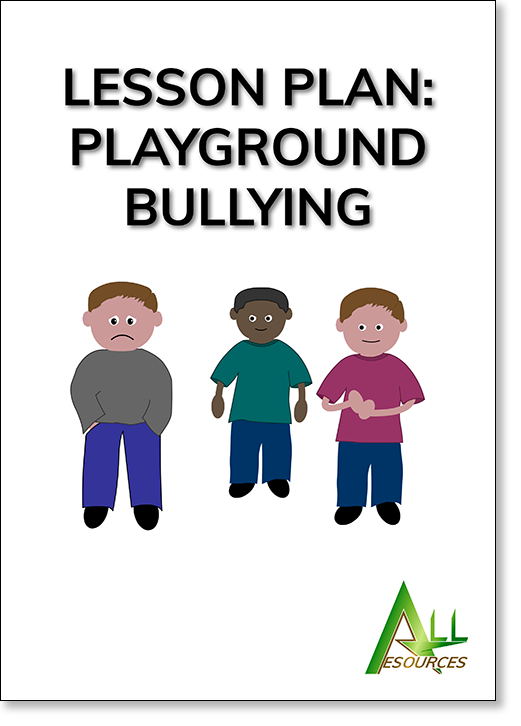
Playground Bullying
A lesson plan on playground bullying, the issues caused and addressing the topic.
- Age range: 12 years and upwards
- Category: Lesson plan
- First published: 2022
- Pages: 17
- Duration: 1 hour to 1 hour 15 mins
Hard copy: £10.99 add to basket



